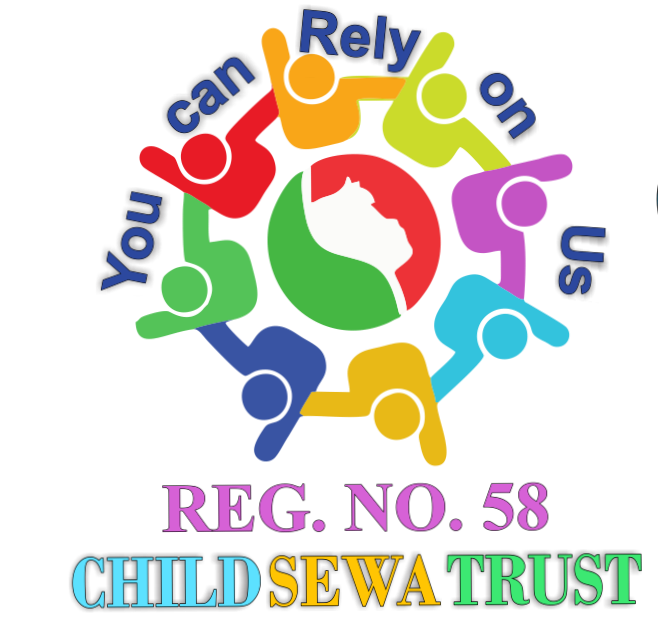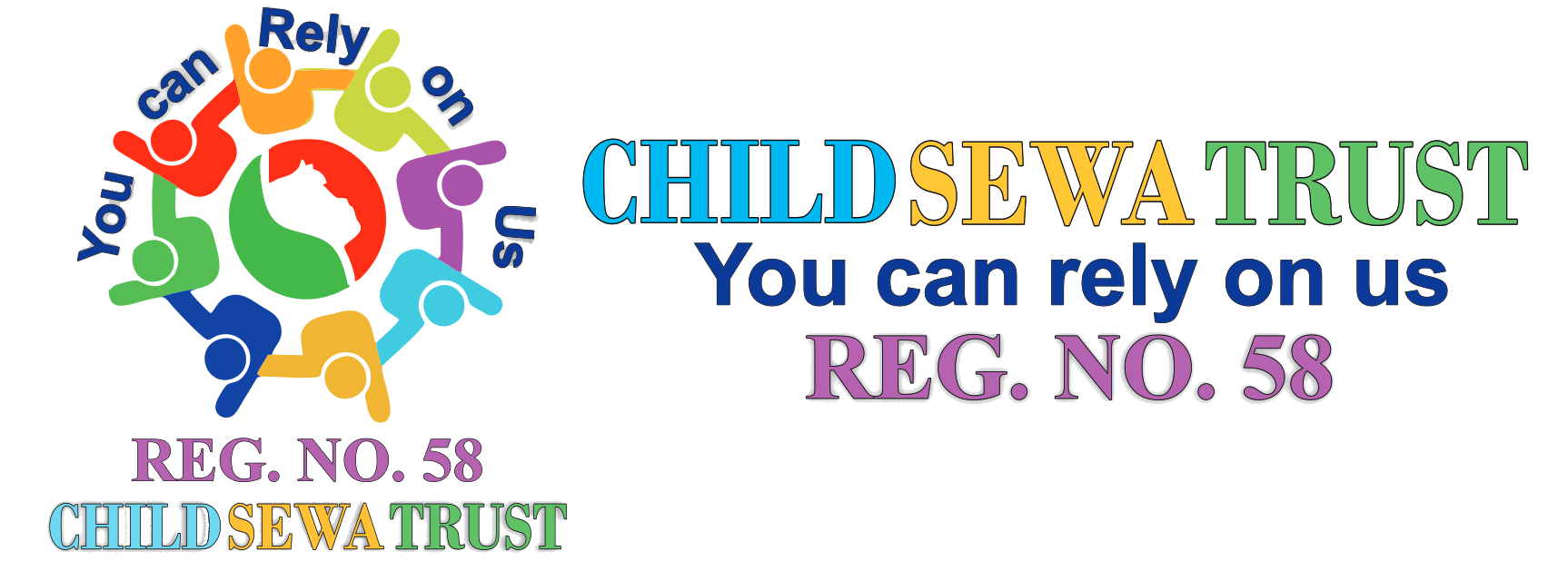This project aims to bridge the gap between underprivileged street children and their counterparts. This provides you with an opportunity to put to good use the clothes or toys your child has outgrown. As we all know, toys play a significant role in a child's life both as a source of enjoyment and as a means of cognitive development. Many needy children are also deprived of clothes, the basic necessity. They wear same dirty & worn out clothes repeatedly, which is not hygienic.
Under this program we intend to collect toys & old usable clothes and distribute them among the needy children in an organized and systematic manner.
Target Population: ALL CST children Geographical Location: Delhi Age Group: 4 to 12 yrs
Objectives:
- To make children realize the importance of their childhood.
- To make available to them toys which provide intellectual stimulation and facilitate personality development.
- To build the distribution system for the toys and clothes (up to 14 years) from privileged families to underprivileged children.
- To improve their imaginative power.
- To work out cost effective logistics.
Approach & Strategy:
- To provide information about the project to friends, supporting members, interested parties and general masses.
- To develop an efficient connection system among society.
- Proper classification and segregation of toys and clothes, according to age-groups, genders, interests and needs.
- Wash, clean and gift pack the toys and clothes.
- Organize the camps in slum colonies and RWAs.
- To develop a team of volunteers, who will partake the distribution of these toys and clothes.
- Networking with other partners for collection and distribution.
Approach & Strategy:
- Implemented on Aug 8th on the occasion of Raksha-Bandhan.
- Collected toys & usable clothes for children and distributed them in an organized & systematic manner.
- Distributed toys on Oct 1st on Dashara occasion.
- Distributed clothes Oct 15th on Deepawali occasion.
Assessment:
The program was successful in achieving the target set for it. It served the purpose of a better utilization of the resources available in the community.



